Larch Cottage, Cumbria: An immersive journey amid a wealth of architecture, ornaments and plants to find magic and tranquillity
Charles Quest-Ritson joins the legion of garden enthusiasts who make the pilgrimage to the dramatic plant nurseries at Larch Cottage in Cumbria. Photographs by Val Corbett for Country Life.


Melkinthorpe is one of those places that you would only visit if you had a good reason. The hamlet is six miles south-east of Penrith and the reason people travel there from far away is the remarkable nursery-cum-garden known as Larch Cottage. It is a place of dramatic beauty that has become a site of pilgrimage for gardeners from all over Britain. Never have architectural ingenuity, horticultural beauty and commercial plantsmanship been so perfectly combined.
Larch Cottage is one of a terrace of properties along the no-through road that is Melkinthorpe’s only access. It is said to have been the abode of Cumberland’s last highwayman. The cottage has a red Royal Mail box in its wall that dates from the reign of Queen Victoria. There is nothing to hint at the excitements that await the visitor who enters the door and passes into the multitude of garden rooms beyond.
Larch Cottage is the creature of Peter Stott, a garden designer who bought the property in 1984. Mr Stott is a local man — a Cumbrian — who grew up in Penrith, studied fine art, worked as a ballet dancer in London and returned to his roots to fulfil his love of art, architecture and plants. He set up a landscaping business and bought Larch Cottage as a place where he could grow interesting plants for the gardens he designed. His stock came from nurseries in the south of England and, in those early years, consisted mainly of hardy herbaceous perennials that were difficult to find closer to home.

Propagating and selling rare plants has been the distinguishing feature of his nursery right from the start. Now, he sells more than 15,000 lines, which means that Larch Cottage can boast one of the most extensive lists of trees, shrubs and hardy plants anywhere in the world. Time and again, keen gardeners in search of an elusive rarity discover that Mr Stott is the only nurseryman that offers it for sale.
But there is much more to Larch Cottage than all those beautifully displayed plants. As soon as the property was his, Mr Stott began to construct walls and architectural structures around the nursery, mainly as an outlet for his creativity — working with stone, brick and slate is something he has always enjoyed. All his walls are finished to resemble romantic ruins that seem to be crumbling and thus give an impression of great age. Some surround small garden rooms that house a vast number of plants ready for sale. There are archways, mullions, classical pillars, galleries, curtain walls and lots of architectural bric-a-brac: one wall resembles the arcaded façade of a Romanesque monastery. Mr Stott says that his constructions connect people to the past and that creating beauty is the essence of what he seeks to do.
In 1994, Mr Stott’s building works attracted the attention of planning officials in the offices of Eden District Council. He had to appeal to a public inquiry for retrospective consent for his architectural endeavours. The Secretary of State found in his favour and, ever since then, he has had excellent relations with the local authority. After all, he is now a major rural employer and an asset to local tourism — 85% of his visitors come from more than 50 miles away.
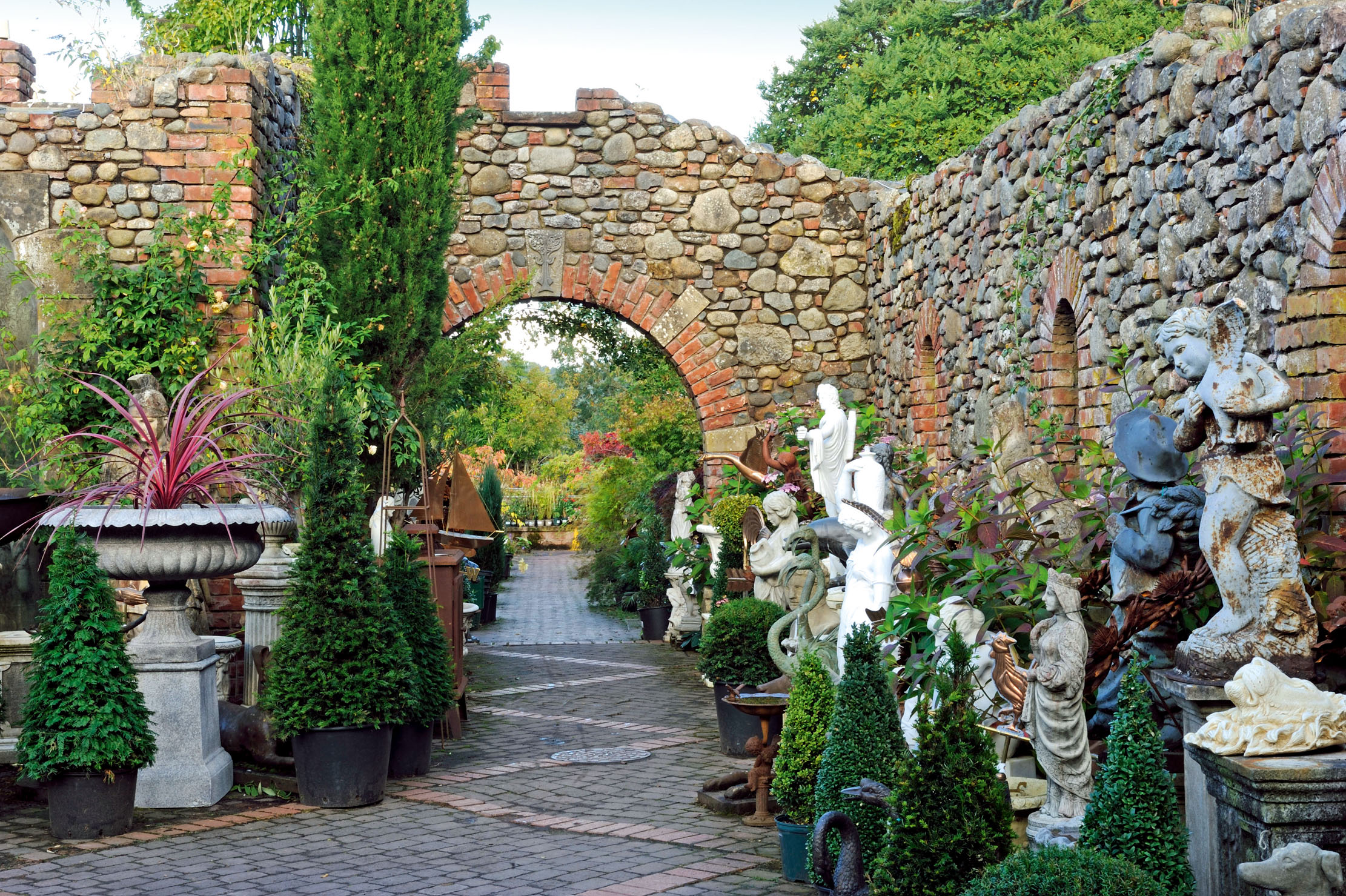
Plants are also an integral part of the design. Flower borders fill the edges of many of the garden rooms. They are lushly planted with shrubs and herbaceous plants, some rare and some common in gardens, but all arranged in combinations that show off their shapes and colours to advantage. An avenue of stone pillars, topped by marble putti, is dripping with climbing roses — ‘Lady Hillingdon’ and ‘Alister Stella Gray’ — supplemented by clematis and honeysuckles. The plants in pots that visitors can pick up and buy are arranged, so far as possible, for their colour and beauty. Sit on the balcony of the clock tower and the garden room below appears as a froth of Japanese maples.
Exquisite houses, the beauty of Nature, and how to get the most from your life, straight to your inbox.
All the spare surfaces that are not taken up by plants are used for the display of statues, sculptures, urns, vases, benches and every imaginable garden ornament: bowls, sun-dials, busts, stone troughs, bronzes, lead tanks, weather vanes, cast-iron and wrought-iron furniture. There are thousands of these ready-made ornaments, almost all of which have come from long-lost gardens and are in search of a new owner. It’s the sheer number of them — and their quality — that is so impressive.
Nowhere combines the roles of garden and nursery so completely as Larch Cottage — and Mr Stott has added a café-restaurant, an art gallery and a shop. However, he regards his garden essentially as a work of art and hopes that visitors will appreciate the beauty that he has created and perhaps reflect upon it. If they detect a special atmosphere in the garden, so much the better, but he believes that ‘any response to the gardens is a valid one’. He himself values the ever-changing beauty of plants, the sequence of his gardens, the dialogue between plants and architecture, the hint of decayed elegance, the theatre and drama of his design. For him, it represents a spiritual exploration.
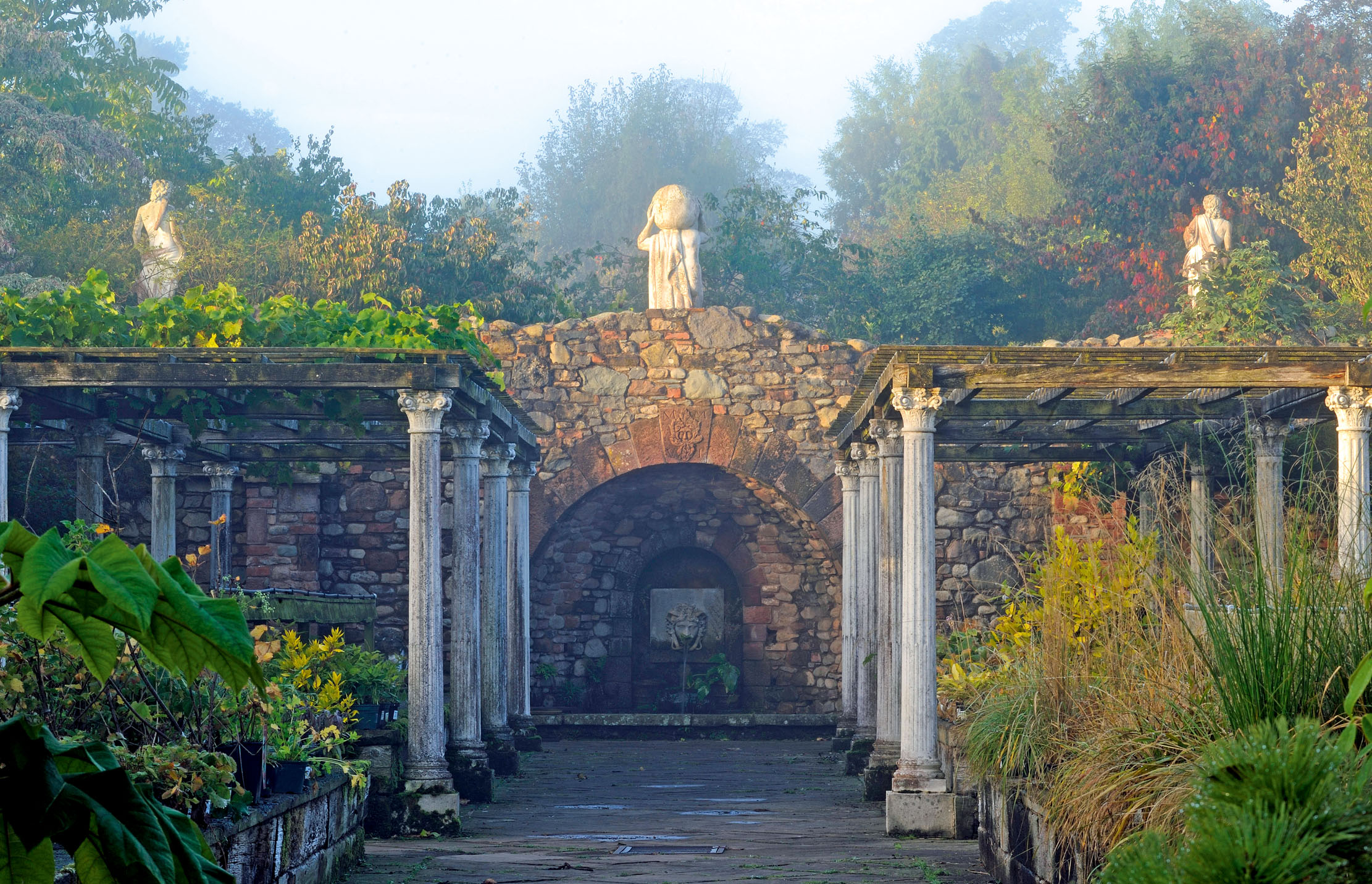
The style that holds the garden together is best described as Italianate — the ruined walls may remind you from time to time of the great gardens of Ninfa, south of Rome — but Mr Stott has also designed a Japanese garden that seems to fit quite naturally into the overall scheme of things. ‘I admire the contemplative function of Japanese gardens,’ he says, ‘and their asymmetric balance. It’s such a contrast to the symmetrical English style.’
When you visit a garden for the first time, it is common to be uncertain where to begin your exploration. This is especially true of Larch Cottage. It is not a maze of lawns and borders, paths and hedges, but a collection of interconnected garden rooms. The trouble is that there are so many of them that it is difficult to know which way to turn. The experience of walking through them, trying to understand how they fit together and noting the different character of each enclosure, quickly becomes a journey, totally immersive, as you forget the outside world and, amid all this wealth of architecture, ornaments and plants, find a way to understanding its magic and its tranquillity.
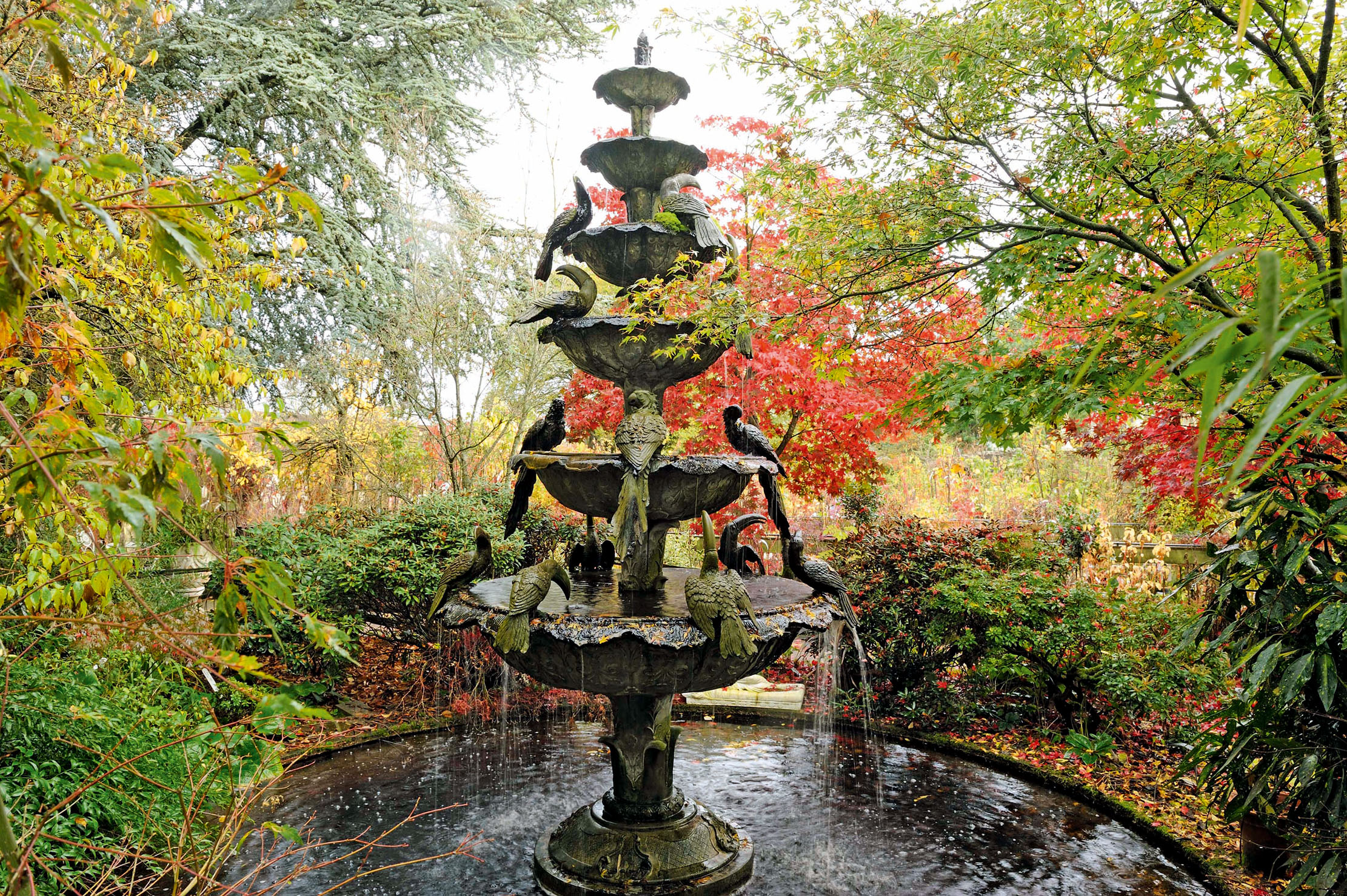
The garden is long and thin and the distance from the entrance to the chapel at the far end is about half a mile. To get there, you must first find your way to the last of the nursery beds, walk past a kitchen garden and across two lawns (one edged with herbaceous plants and the other with a mixture of hardy plants and shrubs) and through an orchard to a small lake where, on the far side, sits the little chapel. It was built, of course, by Mr Stott himself — this time with planning permission — and finished in time for his own wedding. Beyond the chapel is the pastoral landscape of the River Eden, which leads the eye across meadows and conifer woods to the distant mountains of the Pennines.
If you venture further down Melkinthorpe’s street, you come to the nursery’s propagation houses and holding beds. Some 90% of its stock is propagated in-house and grown on steadily until the plants are ready for sale at Larch Cottage. Mr Stott is keen that people who buy his plants should look after them properly. He is pleased when keen plantsmen hunt down his rarer lines, because that means the plants will be valued in their new gardens.
The propagation area is much more extensive than the garden: the whole venture now occupies 15 acres and employs 40 people as staff in the summer and 25 in the winter. As with most nurseries today, and especially since the arrival of covid, mail order is an important part of what the nursery offers.
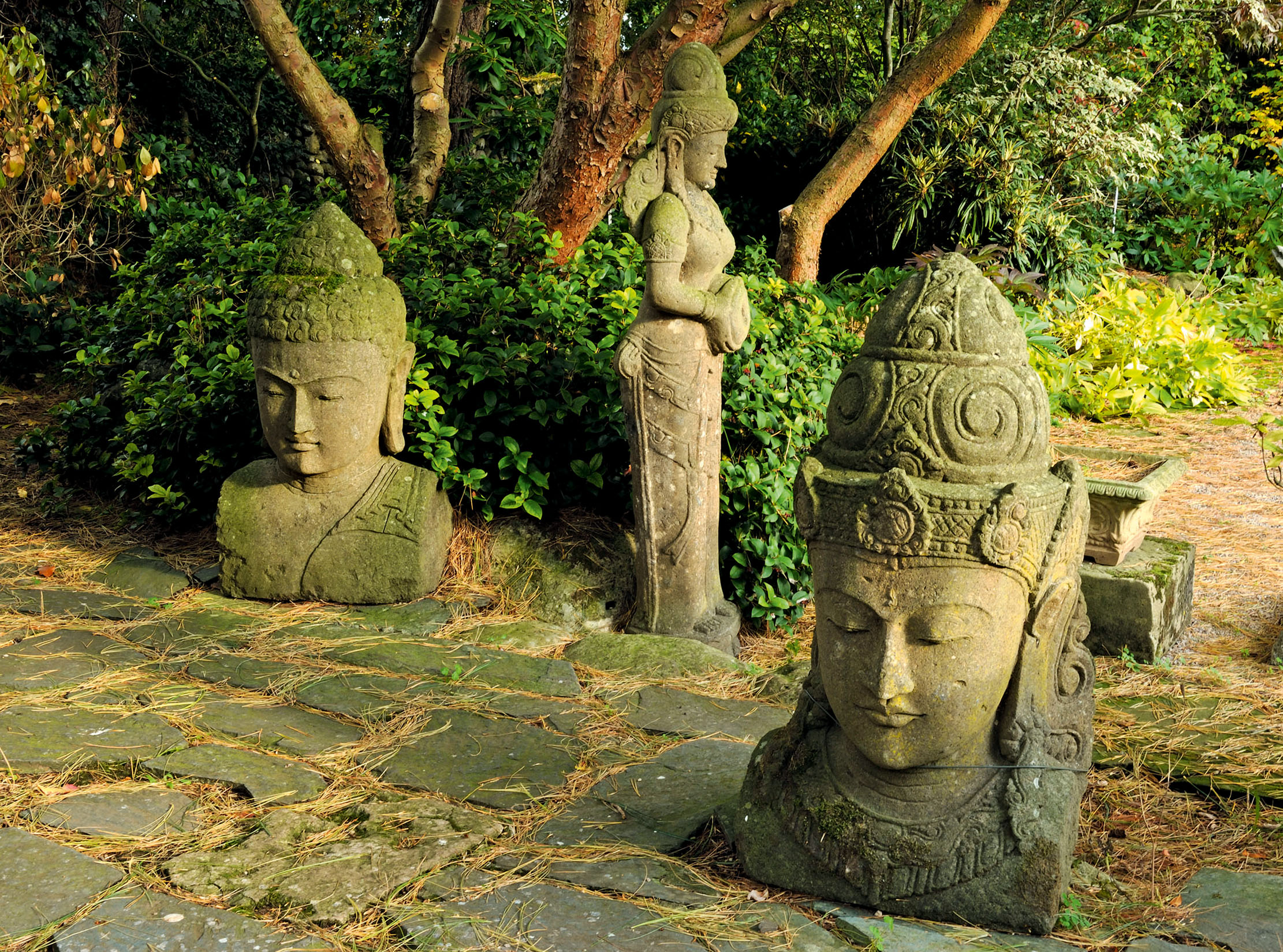
Brexit has created big problems. Mr Stott can no longer buy art and artefacts from Italy and other EU countries. He cannot send plants to plant-lovers in Europe. He can no longer commission plants from small specialist nurseries in the Netherlands because they cannot absorb the extra export costs that Brexit has brought upon them. But the garden, with its combination of walls, buildings, plants and objets d’art, continues to attract new admirers. And the final accolade came in 2021–22, when the Royal Horticultural Society declared Larch Cottage Nursery to be its ‘partner garden of the year’.
Larch Cottage Nurseries, Melkinthorpe, Penrith, Cumbria (01931 712404; www.larchcottage.co.uk)

Charles Quest-Ritson: In praise of climate change
'Scorn the batty arguments of those who deny that changes have happened and are happening,' says our columnist. And while
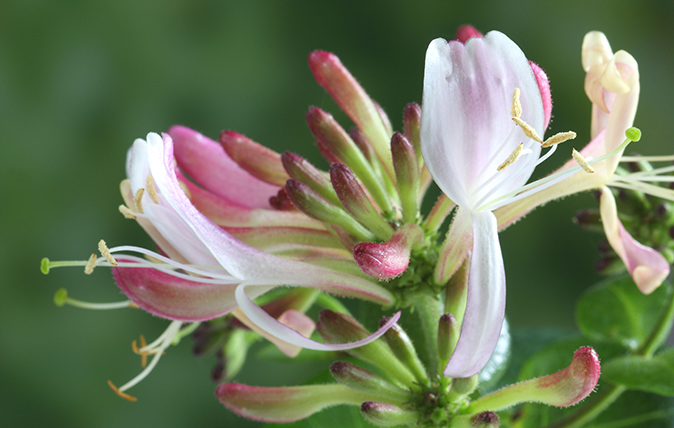
The best honeysuckle to grow in your garden – especially if they’re gifts from now-departed friends
Charles Quest-Ritson extols the virtues of delightful honeysuckle.
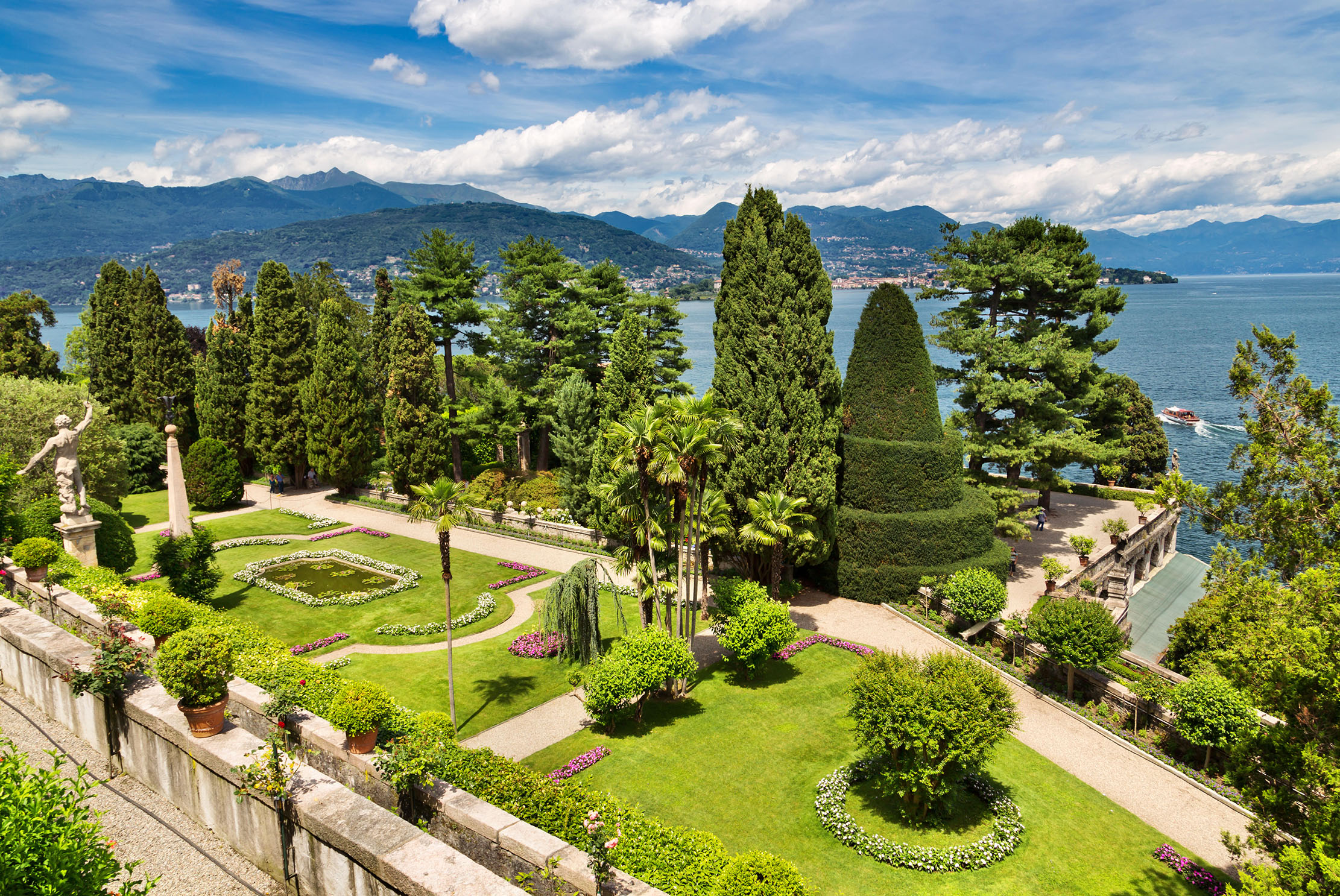
Charles-Quest Ritson: 'Gardens are like people — most of them don’t age well'
Charles Quest-Ritson reminisces on his younger days and laments the passing years — not least our shared tendency with gardens to
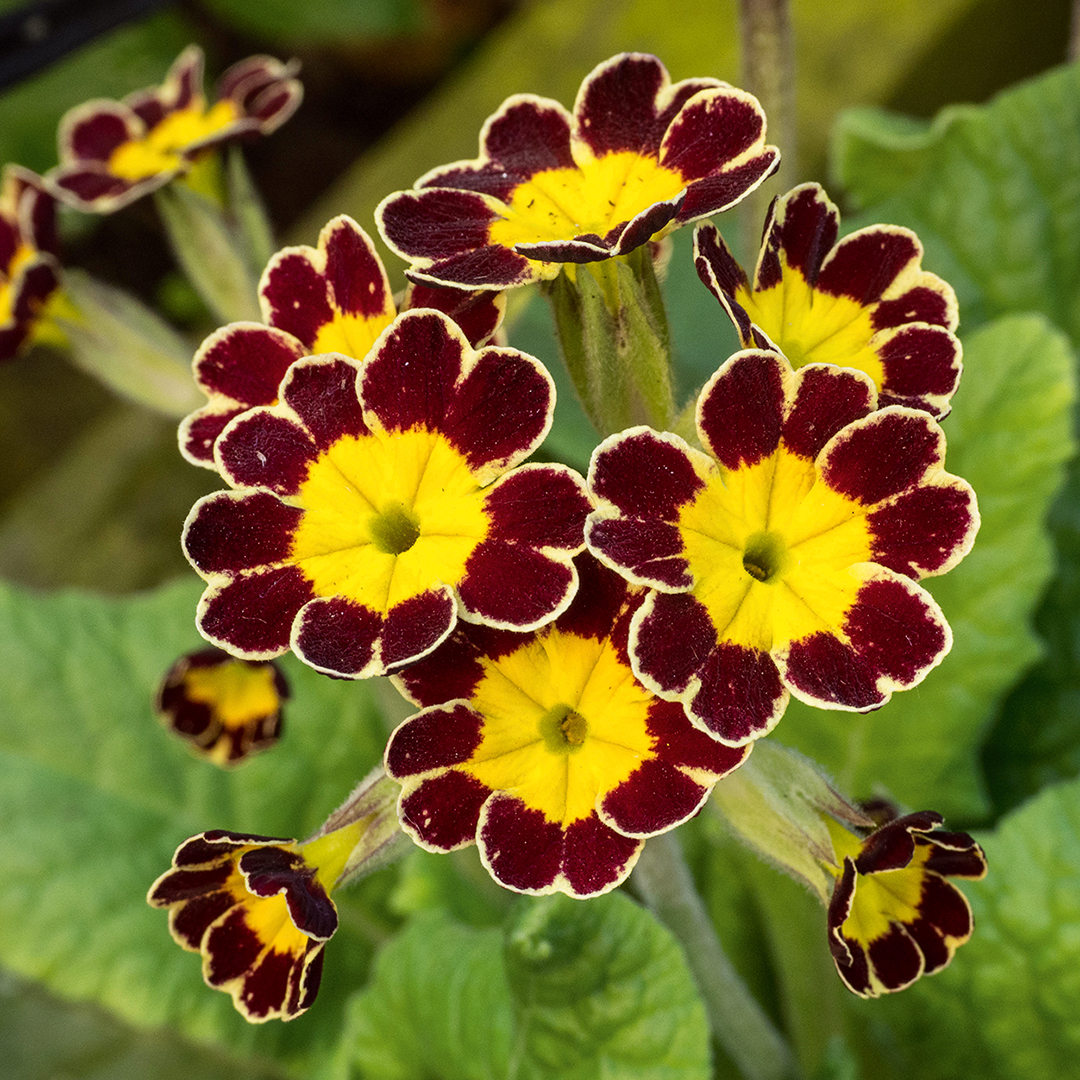
Charles Quest-Ritson: Why nothing matches the colour or beauty of the simple primrose
Sometimes the simplest flowers are the best, says Charles Quest-Ritson, as he looks at primroses, cowslips and their wonderful hybrids.

Credit: Getty Images
Charles Quest-Ritson: 'I'm always amazed by the codswallop that garden experts write'
Charles Quest-Ritson takes aim at some of the gardening advice that constantly does the rounds despite being complete nonsense.
Charles Quest-Ritson is a historian and writer about plants and gardens. His books include The English Garden: A Social History; Gardens of Europe; and Ninfa: The Most Romantic Garden in the World. He is a great enthusiast for roses — he wrote the RHS Encyclopedia of Roses jointly with his wife Brigid and spent five years writing his definitive Climbing Roses of the World (descriptions of 1,6oo varieties!). Food is another passion: he was the first Englishman to qualify as an olive oil taster in accordance with EU norms. He has lectured in five languages and in all six continents except Antarctica, where he missed his chance when his son-in-law was Governor of the Falkland Islands.
